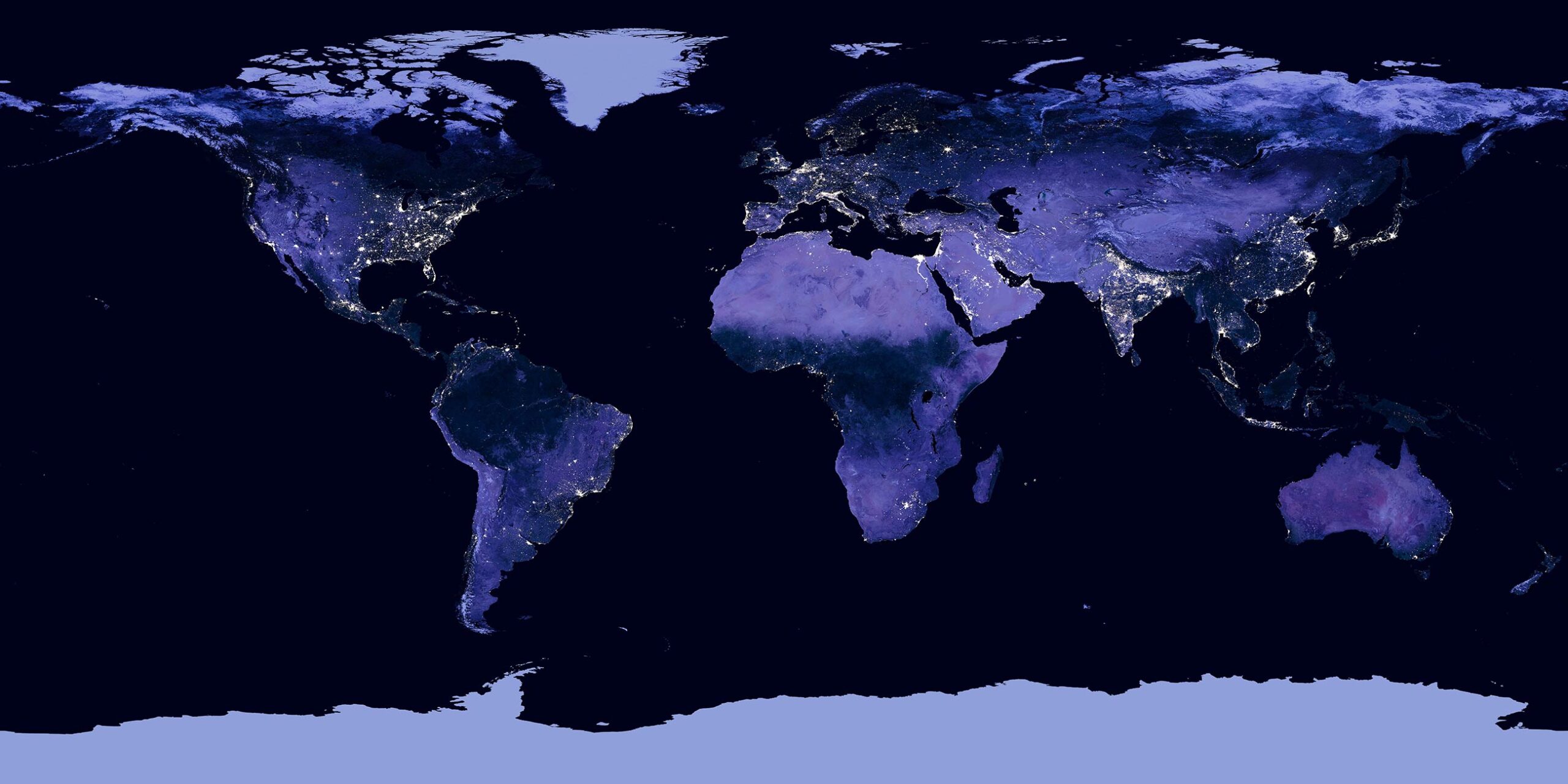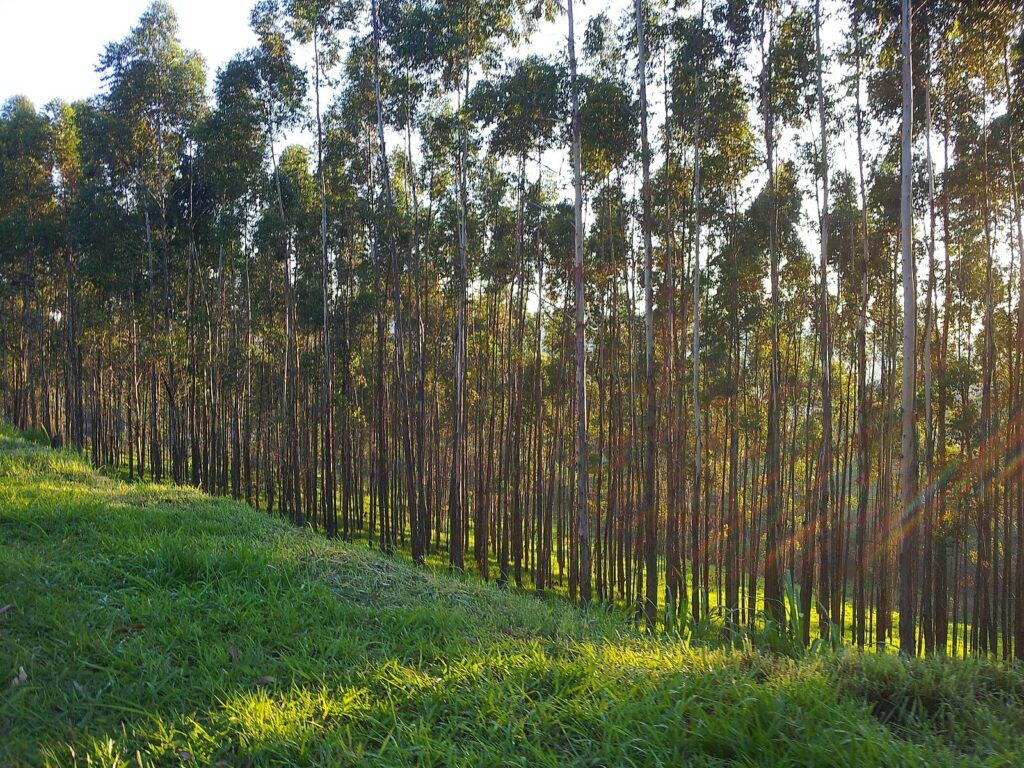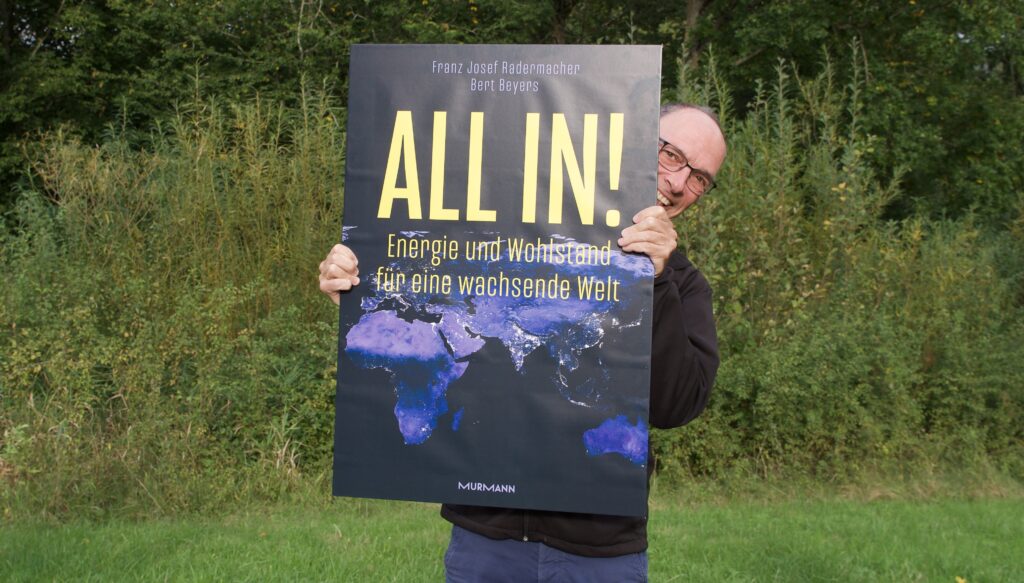Forest plantations consist of fast-growing tree species. The seedlings are planted in rows. The preferred plant in Brazil is the eucalyptus. There are now forest plantations on about 10 million hectares. However, the landscape does not resemble an endless monoculture. This is because the forest owners have to convert at least 30 percent of the plantation into natural forests, with benefits for biodiversity. This creates a forest mosaic. The growth in Brazilian forest plantations averages almost 40 cubic metres of wood per hectare and year – an excellent value. Hans-Peter Sollinger on the benefits of the circular bioeconomy for climate and economy.
Share this post:





